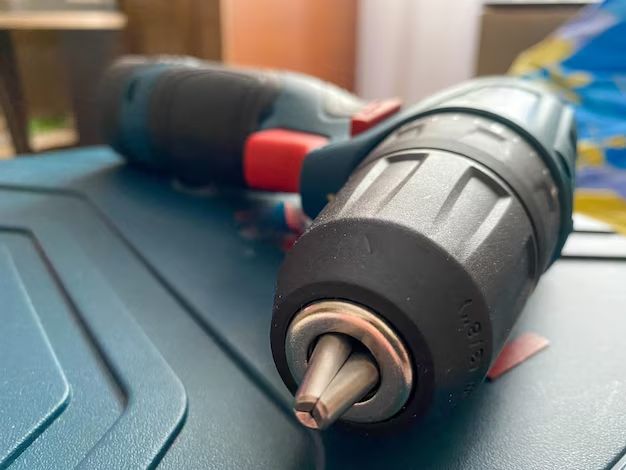Using a drill as an impact driver is possible in some situations, but it is generally not recommended. There are some key differences between the two tools that make them suited for different applications.
Page Contents
What is the Difference Between a Drill and an Impact Driver?
A drill and an impact driver are both power tools used for driving screws and other fasteners. However, there are some important differences:
- Drills use rotary motion to turn a drill bit or drive screw. They provide torque and continuous force.
- Impact drivers use concussive, rotational impacts along with torque. The impacts provide a lot of turning force in quick pulses.
- Drills are better suited for boring holes or driving large screws. Impact drivers excel at driving screws quickly, especially into dense or hard materials.
- Impact drivers use hex-shaped drive bits. Drills use a chuck to grip drill bits and screwdriver bits.
In summary, the impacting motion of an impact driver gives it significantly more turning force than a standard drill for driving screws and other fasteners.
Can I Use a Drill as an Impact Driver?
You can use a drill to drive screws, but it won’t be as fast, easy, or effective as using an actual impact driver. There are a few scenarios where a drill can work:
- Driving smaller screws into softer materials like wood. A drill may provide enough force.
- You need to carefully control screw depth and torque. A drill gives more control.
- Occasional screw driving jobs. You probably don’t need an impact driver if you only drive screws now and then.
However, drills lack the concussive impacts that make fastening easy, even in dense materials. You’ll need to provide more physical effort pressing on the drill. The drill is also more prone to cam-out – when the driver bit loses grip and spins in the fastener head.
Disadvantages of Using a Drill as an Impact Driver
There are some key downsides to relying on a drill for screw driving:
- Inefficiency – It takes significantly longer to drive screws with a drill.
- More physical effort – You have to push very hard to get screws fully seated.
- Higher risk of damaging screws – Increased chance of stripping screw heads.
- Less control – A drill provides less precision for setting screw depth.
- Higher fatigue – You can wear out your forearm pressing hard on a drill.
Advantages of Using an Impact Driver
Here are some of the benefits you get from using an actual impact driver:
- Speed – Impact drivers drive screws up to 3x faster than drills.
- Power – The impacts deliver significantly more turning force.
- Less effort – You can drive screws with less physical pressure.
- Minimized cam-out – Impact drivers rarely cam out when driving.
- Less wear – Impact drivers reduce fatigue and forearm stress.
- Versatility – Designed to drive a wide range of fastener types and sizes.
Conclusion
You can use a standard drill to drive screws in light-duty situations. However, for most screw driving tasks, an impact driver is a far better choice. The impacting mechanism delivers much more rotational force, making the job faster and easier with less risk of damaging fasteners or tiring yourself out.
Impact drivers are designed specifically for driving all types of screws and can handle tougher jobs in dense materials like metal, concrete, and pressure-treated lumber. For serious DIYers or professionals, investing in an impact driver is highly recommended over relying solely on a standard drill for driving fasteners.
